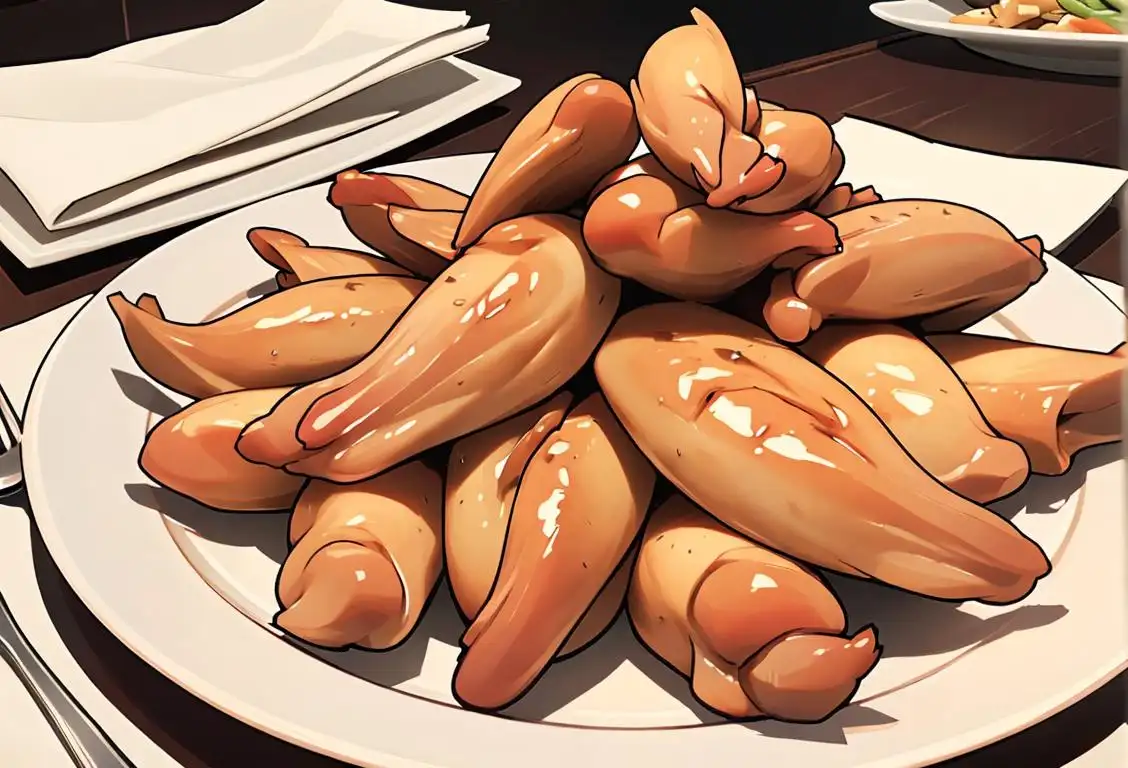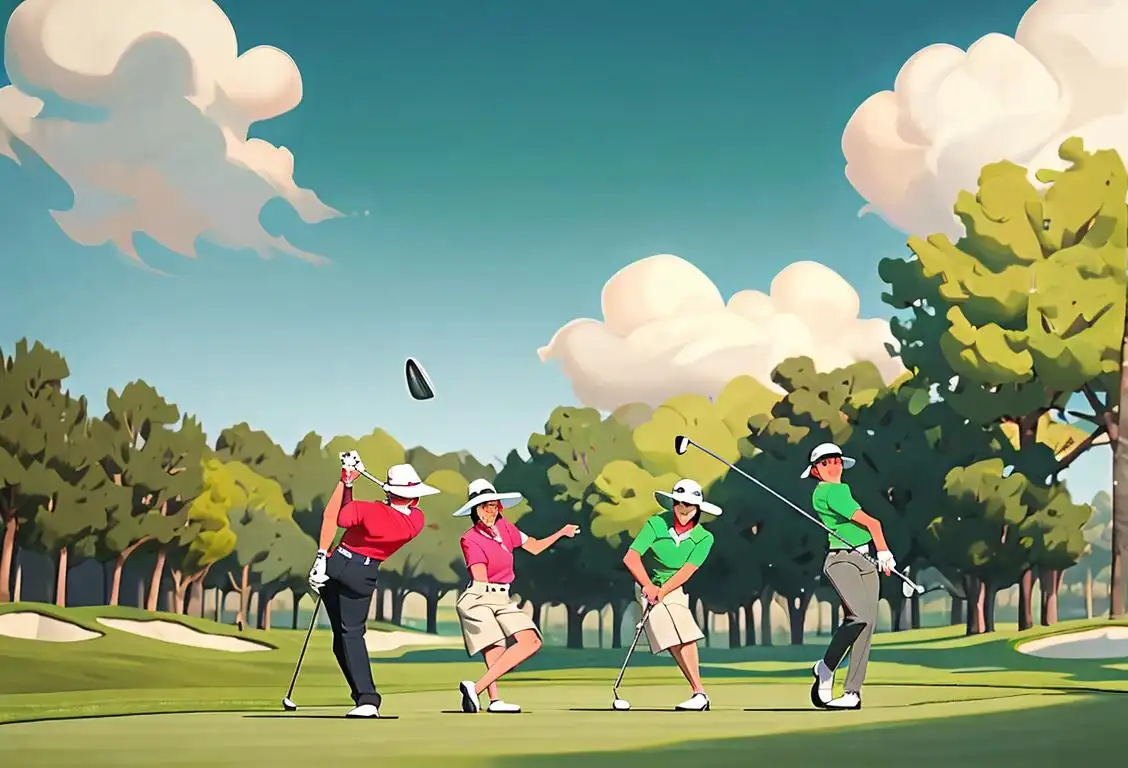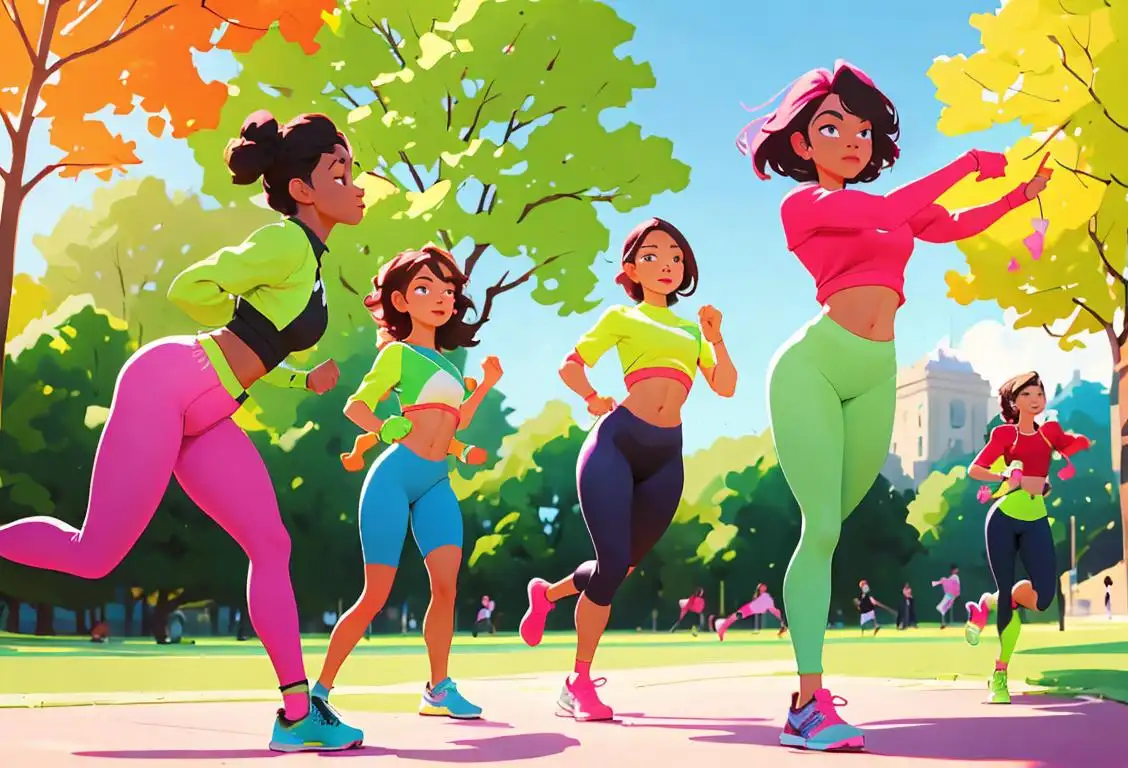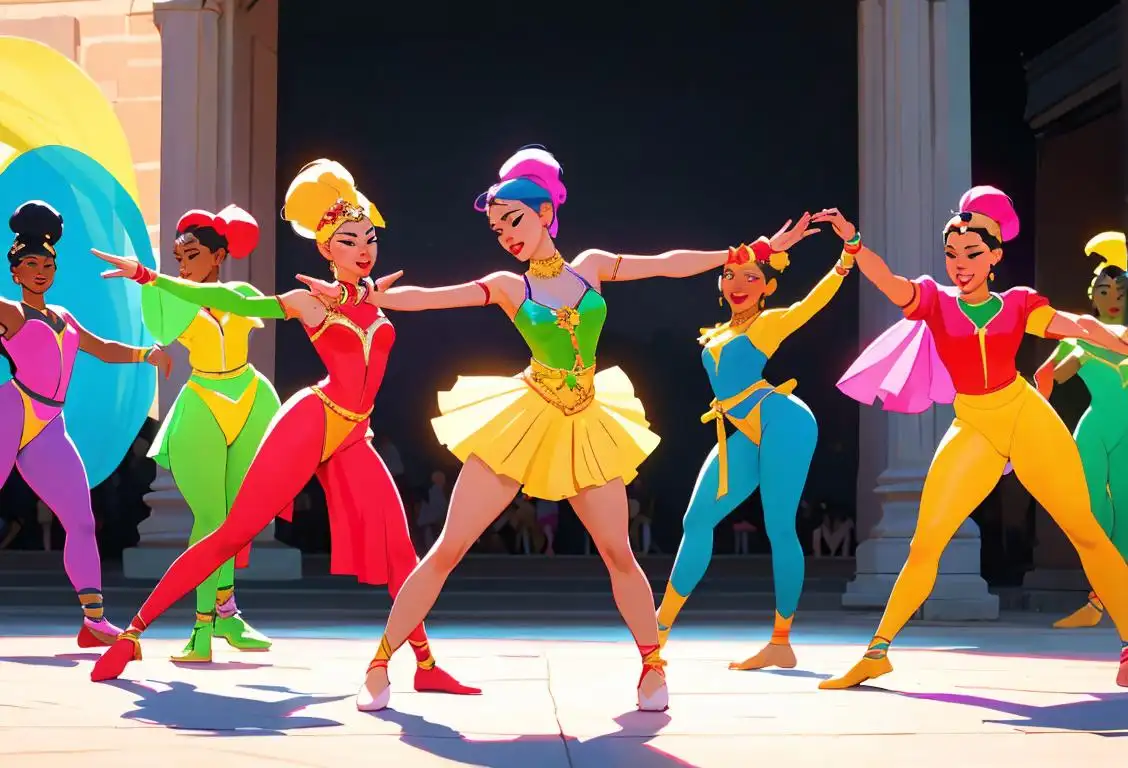National Southpaw Day

Welcome to the world of lefties! It's time to celebrate National Southpaw Day, a day dedicated to all those wondrous individuals who proudly embrace their left-handedness. So grab a pen or pencil (the left-handed ones, of course) and get ready to explore the fascinating history and fun facts surrounding this unique day!
When is Southpaw Day?
It's national southpaw day on the 13th August.
The Origins of National Southpaw Day
Have you ever wondered how this special day came to be? Well, let me enlighten you. National Southpaw Day originated from the online left-handed community's desire to have a day that celebrates their unique way of life. Lefties, also known as southpaws, have been historically marginalized, with countless tales of awkwardly designed school desks and smudged ink-filled papers. But this day aims to bring attention to the greatness and uniqueness that being left-handed entails!
Celebrating Left-Handed Legends
On National Southpaw Day, we pay tribute to iconic left-handed individuals who have left an indelible mark in various fields. From renowned artists like Leonardo da Vinci to brilliant thinkers like Albert Einstein, lefties have proven time and again that they possess extraordinary talent and creativity. So, raise your left hand high and honor the left-handed legends who have shaped our world!
Fun Left-Handed Facts
Did you know that approximately 10% of the world's population is left-handed? Here are a few more intriguing facts about lefties:
- Left-handed people are more likely to be ambidextrous, meaning they can use both hands with ease. Take that, righties!
- Lefties excel in certain sports like boxing, tennis, and baseball due to their advantage of surprise and strategy. Watch out, opponents!
- The term 'southpaw' originated from the sport of baseball, where left-handed pitchers face the south side of the field.
Celebrating National Southpaw Day
Now that you're armed with left-handed knowledge, it's time to embrace the spirit of National Southpaw Day! Here are a few delightful ways you can celebrate:
- Gather your left-handed friends and have a left-handed-only dinner party. Serve food that's easy to eat with the left hand, like finger foods or cleverly designed utensils.
- Donate to organizations that support left-handed individuals and raise awareness about the challenges they face.
- Create left-handed artwork or try doing daily tasks with your non-dominant hand to gain a newfound appreciation for the left-handed struggle.
Remember, being left-handed is something to be proud of, so spread the love and show the world what southpaws are made of!
History behind the term 'Southpaw'
1848
Origins in the world of sports
In 1848, the term 'southpaw' first emerged in the world of sports, particularly in baseball. It referred to left-handed baseball pitchers who faced west, with their throwing arm to the south. The opposite of a southpaw was the 'right-hander'. This term quickly gained popularity and became synonymous with left-handedness in the sporting world.
1800s
The emergence of the term 'southpaw'
In the late 1800s, the term 'southpaw' started to emerge in the world of baseball. This term was used to refer to left-handed pitchers or boxers, as their throwing arm would be on the southern side of the playing field. The usage of 'paw' in the term adds a touch of informality and emphasizes the physicality of the left-handed throw.
1848
Origin of the term 'southpaw'
The term 'southpaw' originated in the sport of baseball. In 1848, during a baseball game at the Elysian Fields in Hoboken, New Jersey, the rivalry between the Brooklyn Excelsiors and the New York Knickerbockers was at its peak. The Knickerbockers' pitcher, Fred Goldsmith, was left-handed and known for his excellent pitching skills. Due to the layout of the field, the sun was shining on his left side, which made it difficult for the opposing batters to see the ball properly. Spectators, amazed by Goldsmith's pitching, started referring to him as a 'southpaw,' as his left arm would be on the south side of the field.
1848
Boxing Match in New York
The term 'southpaw' originally emerged in the world of boxing in 1848. During a match in New York, a left-handed fighter named Paul Penders was competing against an opponent who was right-handed. Penders' left-handed stance confused his opponent, leading him to exclaim that Penders was a 'southpaw'. The term 'southpaw' was used to describe Penders due to his position in the ring, with his right hand being closer to the south side of the ring.
1890
Shorthand Term in Baseball
Although 'southpaw' gained popularity in boxing, it was in the world of baseball where the term became widely known. In the early 1890s, 'southpaw' began to be used to describe left-handed baseball pitchers. The term was used to signify the side from which the pitcher threw the ball, as most baseball fields were oriented from west to east, and a left-handed pitcher's throwing arm would be on the south side of the field.
1885
Southpaw becomes more widely used
The term 'southpaw' gradually gained popularity and became a commonly used term to describe left-handed pitchers in baseball. It spread beyond local communities and was recognized on a wider scale. Baseball fans and writers began using the term to refer to left-handed pitchers, highlighting their uniqueness and sometimes unexpected strategies on the pitching mound. The term 'southpaw' became ingrained in baseball jargon and continued to evolve in its usage.
Late 19th century
Transformation into boxing terminology
During the late 19th century, the term 'southpaw' began to shift its meaning and became popular in the realm of boxing as well. In boxing, a southpaw boxer is one who positions their right hand and right foot forward, making them a left-handed fighter. This usage originated from the position of baseball pitchers and extended to describe left-handed boxers, emphasizing their distinct stance and strategy in the ring.
1890s
The cultural impact of 'southpaw'
By the 1890s, the term 'southpaw' began to gain popularity and had become widely recognized. It became a part of baseball's rich lexicon and found its way into everyday language. Its usage extended beyond the world of sports, as 'southpaw' became a colloquialism used to describe anyone who was left-handed in various contexts.
Early 20th century
Cultural impact and wider usage
By the early 20th century, 'southpaw' had transcended the realms of sports and boxing and entered mainstream usage to describe left-handedness in everyday life. Its association with sports, particularly in baseball and boxing, enhanced its popularity and spread the term to the general public. 'Southpaw' became a part of popular culture, showcasing the unique traits and skills of left-handed individuals.
1920
Popularization in Popular Culture
During the 1920s, 'southpaw' became a more commonly used term outside of sports. It started appearing in popular literature, journalism, and other forms of media, gaining recognition as a term to describe left-handedness in general. The term's usage in diverse contexts helped cement its place in everyday language.
1910
Southpaw enters general language usage
By the early 20th century, 'southpaw' had transcended its original baseball context and entered general language usage. It now referred to any left-handed individual, not limited to athletes or baseball players. The term's popularity can be attributed to its catchy nature and the intrigue surrounding left-handedness. 'Southpaw' became an informal yet recognized term for a left-handed person, used not only in sports but also in everyday conversations.
20th Century
Perceived disadvantages for left-handed people
Throughout the 20th century, left-handedness was often seen as unconventional and even disadvantageous. Many societies considered left-handedness as a deviation from the norm, leading to the term 'southpaw' being used in a figurative sense to imply clumsiness or awkwardness. This negative association perpetuated stereotypes regarding left-handed individuals.
Present day
Continued usage and appreciation
'Southpaw' remains a commonly used term, celebrating and acknowledging the talents and abilities of left-handed individuals across various fields. It has become ingrained in language and is recognized as an endearing identifier for left-handedness. Whether in sports, the arts, or everyday life, 'southpaw' continues to highlight the diversity and brilliance of those who favor their left hand.
Present day
Reclaiming 'southpaw'
In recent years, there has been a shift in perception regarding left-handedness. Left-handed people are now celebrated for their uniqueness, creativity, and talents. Some individuals reclaim the term 'southpaw' as a source of pride, using it as a symbol of their non-conformity and individuality. 'Southpaw' has become a term that carries both cultural significance and historical value, reflecting the evolving attitudes towards left-handedness in society.
Present
Continued Usage and Cultural Significance
Today, 'southpaw' is firmly entrenched in the English language and is widely recognized as a term for someone who is left-handed. It has become ingrained in popular culture, used in various domains such as movies, music, and literature. The origins of the term and its connection to boxing and baseball have faded into history, but 'southpaw' remains a unique and intriguing term that celebrates the uniqueness of left-handed individuals.
1947
Jackie Robinson and the term's racial connotation
In 1947, Jackie Robinson broke the color barrier in Major League Baseball, becoming the first African American player in the modern era. Robinson, a right-handed batter, was also left-handed on defense. Due to the racial tensions of the time and his significant impact on the game, the term 'southpaw' took on a new connotation. It became synonymous with African American pitchers and players. While the racial association of the term has diminished over the years, the historical connection remains significant.
Did you know?
Did you know that left-handed people are more likely to be ambidextrous, meaning they can use both hands with ease? They truly have twice the handiness!Tagged
awareness fun sportsFirst identified
13th August 2015Most mentioned on
13th August 2015Total mentions
15Other days
Wing Day
Left Handers Day
Golf Day
Fitness Day
Foundation Day
Cancer Survivors Day
Dance Day
Memorial Day
Gymnastics Day
Student Athlete Day









